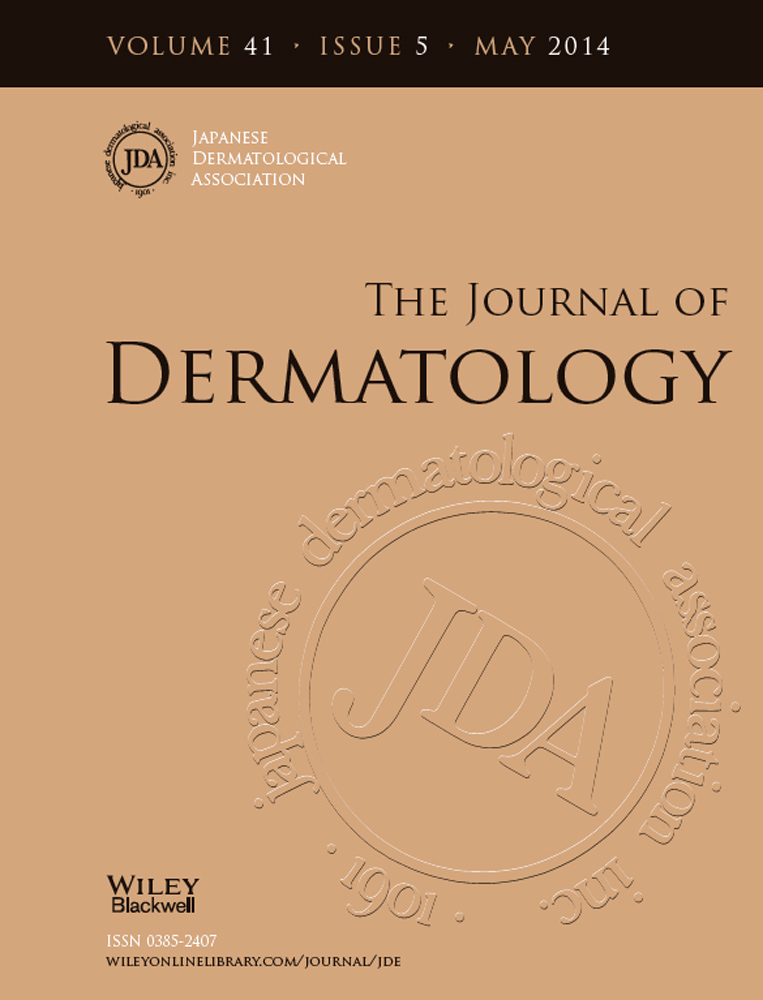Case of disseminated cutaneous Mycobacterium chelonae infection mimicking cutaneous vasculitis
Abstract
Mycobacterium chelonae is a non-tuberculous, rapidly growing mycobacteria and is widely distributed in the natural environment. In the immunocompetent status, localized cutaneous infections such as cellulitis and subcutaneous abscesses commonly occur after traumatic injury. However, disseminated cutaneous infections occur on a background of immunosuppression. Cutaneous M. chelonae infection presents with a variety of skin eruptions. We report a case of disseminated M. chelonae infection mimicking cutaneous vasculitis. The patient was treated with long-term oral corticosteroids and injected etanercept for the treatment of rheumatoid arthritis and asthma. Because the skin eruptions were preceded by asthma and rheumatoid arthritis and the pathological findings showed fibrinoid necrosis around the vascular of dermis, cutaneous vasculitis was first suspected. The culture from the pus revealed the bacterium which grew within 5 days on Ogawa's culture medium suggesting a rapidly growing mycobacteria. This bacterium was identified as M. chelonae by the DNA–DNA hybridization method. We chose 800 mg/day clarithromycin and 500 mg/day levofloxacin as a result of the drug-sensitivity test. After 6 months of the treatment, infection symptoms disappeared. Rapidly growing mycobacteria should be considered in the differential diagnosis of infections in patients under immunosuppression caused by diseases or drugs such as corticosteroids and biologic agents. Repeated bacterial examinations are important and required for the diagnosis of rapidly growing mycobacteria.




